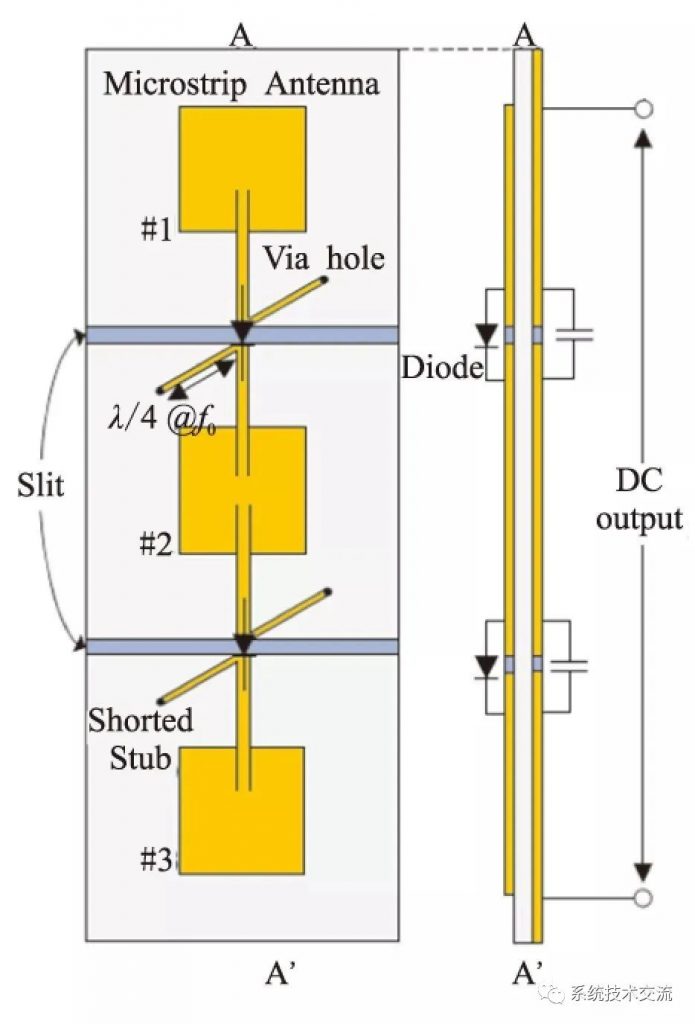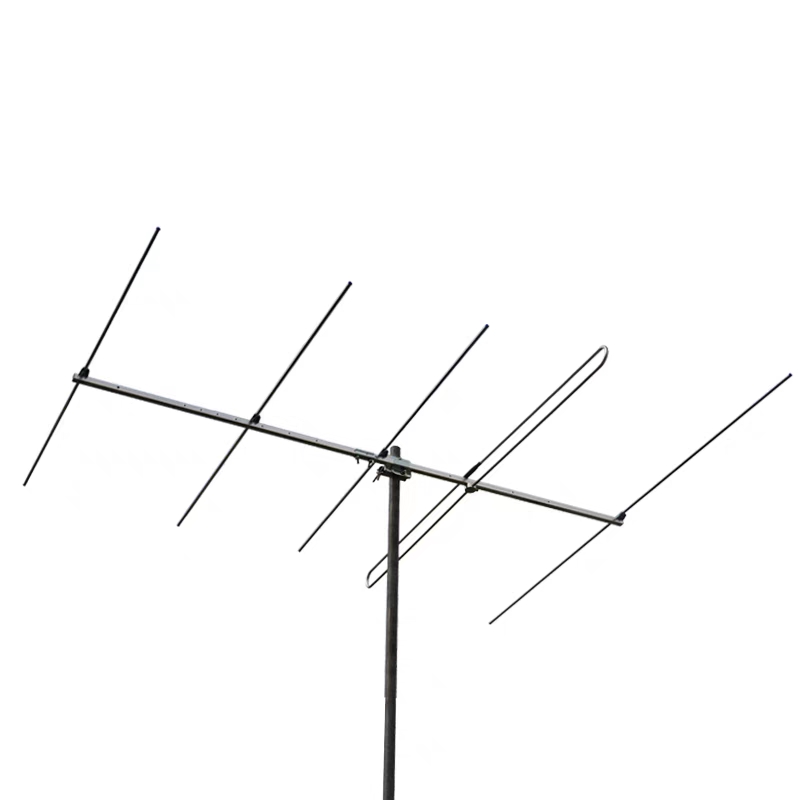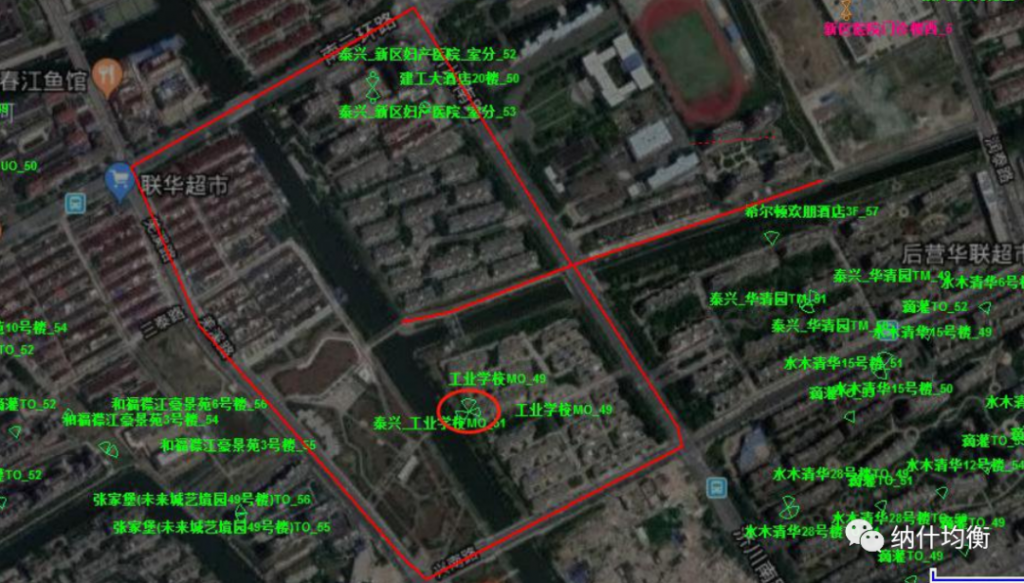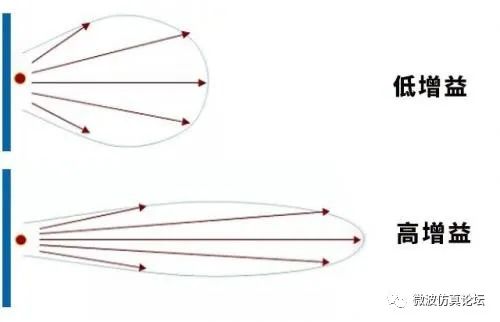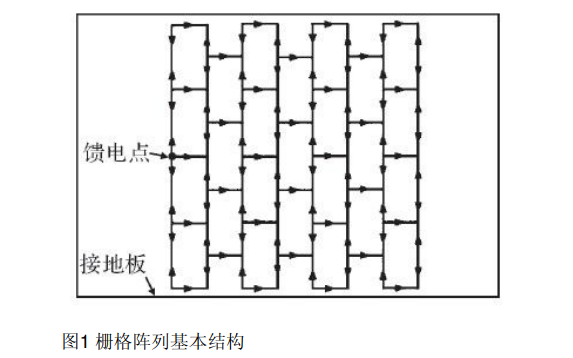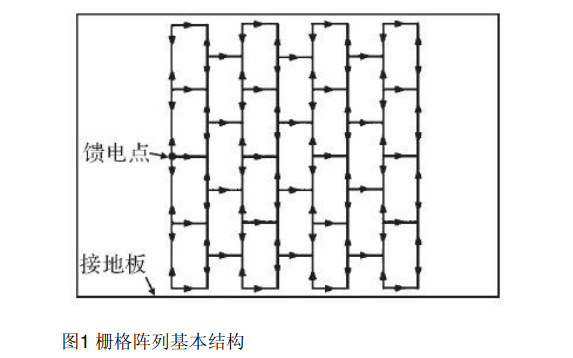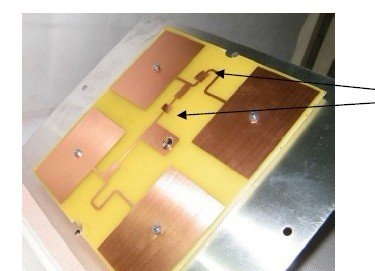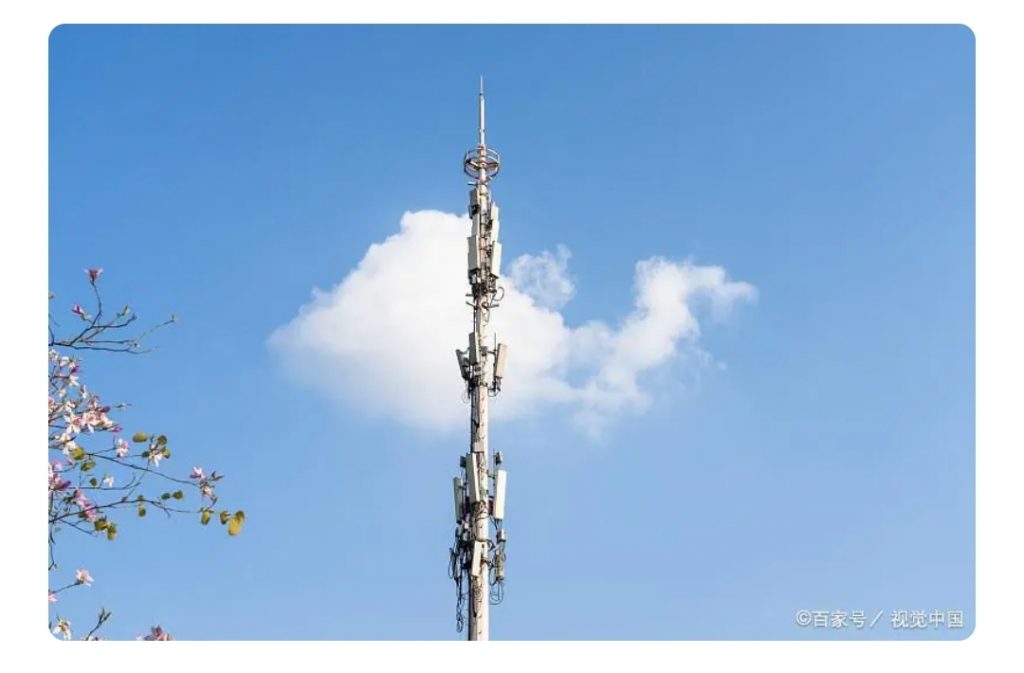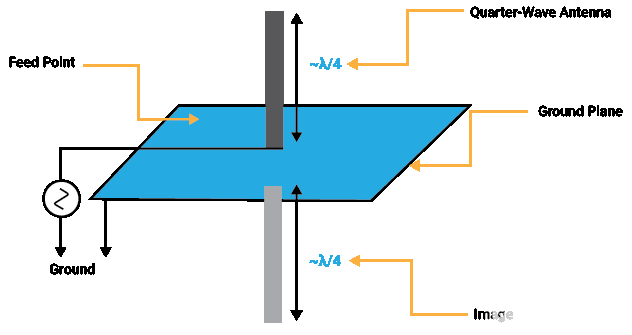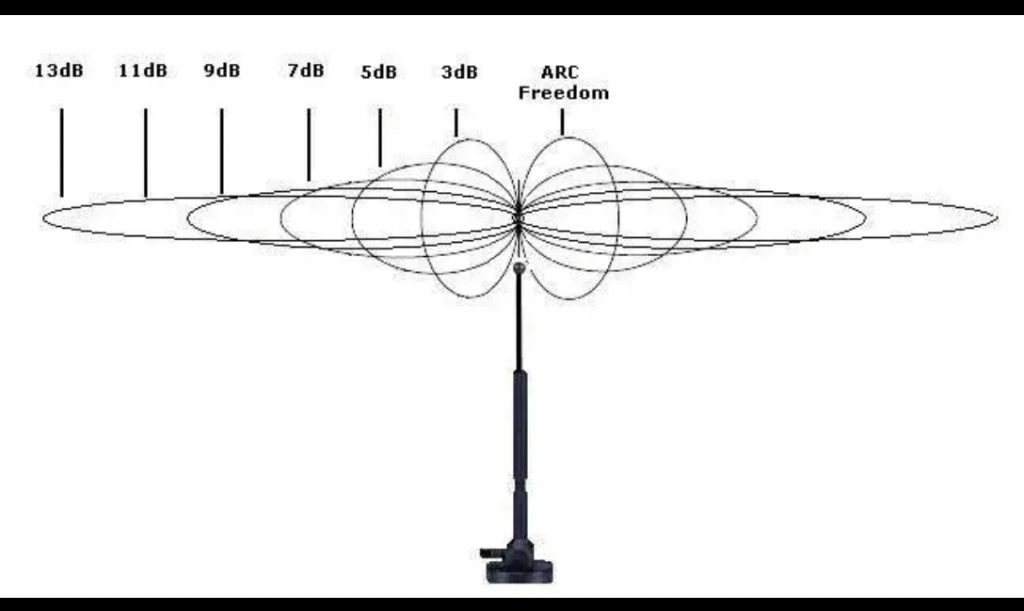
When many people buy a wireless router, they will see such a parameter as “antenna gain”. The dealer tells you that this will make the wireless signal stronger, and it seems that the higher the better. In fact, the gain of the antenna is not a real signal enhancement, but through the shaping of the signal, the signal in some areas is weakened, and the signal in other areas is enhanced.
1. The principle of antenna gain
In theory, antenna gain is the ratio of the signal power density generated by an actual antenna to that of an ideal point source antenna at a certain position in space under the same input power. The concept of a point source antenna is mentioned here, what is it? In fact, it is an antenna that people imagine to transmit signals evenly, and its signal radiation pattern is a spherical shape that is evenly diffused. The actual antenna has a radiation gain direction (hereinafter referred to as the radiation surface), the signal on the radiation surface will be stronger than the radiation value of the theoretical point source antenna, while the signal radiation in other directions is weakened. The comparison between the actual value and the theoretical value here is the antenna gain.
It is worth noting that the passive antennas commonly used by ordinary people will not increase the transmission power in essence, but will also consume the transmission power. The reason why it is still considered to have gain is because other directions are sacrificed, the radiation direction is concentrated, and the signal utilization rate is improved.
2. Calculation of antenna gain
Antenna gain is actually the degree to which the wireless power is concentrated and radiated, so it is closely related to the antenna radiation pattern. It is generally understood that the narrower the main lobe and the smaller the side lobe on the antenna radiation pattern, the higher the gain. So how to calculate the antenna gain? For general antennas, the formula G (dBi) = 10Lg{32000/(2θ3dB, E×2θ3dB, H)} can be used to estimate its gain. formula,
2θ3dB, E and 2θ3dB, H are the lobe width of the antenna on the two main planes respectively; 32000 is the statistical empirical data.
What would it mean if the 100mw wireless transmitter was equipped with an antenna with a gain of +3dbi? First, convert the transmit power into signal gain dbm to express. The calculation method is:
100mw=10lg100=20dbm
Then calculate the total transmit power, which is equal to the sum of transmit power and antenna gain. The calculation method is as follows:
20dbm+3dbi=23dbm
Finally, recalculate the equivalent transmit power. The calculation method is as follows:
10^(23/10)≈200mw
In other words, a gain antenna of +3dbi can double the equivalent transmit power.
3. Common booster antennas
The antennas of our common wireless routers are omnidirectional antennas. Its radiation surface is on the horizontal plane perpendicular to the antenna, where the radiation gain is the largest, while the radiation above the top and below the bottom of the antenna is greatly weakened. It’s a bit like flattening a signal racket.
Antenna gain is only the “shaping” of the signal, and the size of the gain indicates the utilization rate of the signal
There is also a common plate antenna, which is usually a directional antenna. Its radiating surface is in the fan-shaped area directly in front of the plate, and the signals in other areas are completely weakened. This is a bit like adding a spotlight cover to a light bulb.
In short, high-gain antennas have the advantages of longer range and better signal quality, but radiation in individual directions (usually wasteful directions) must be sacrificed. Low-gain antennas usually have a large directional range but a short range. When wireless products leave the factory, manufacturers generally equip them according to the usage scenarios.

